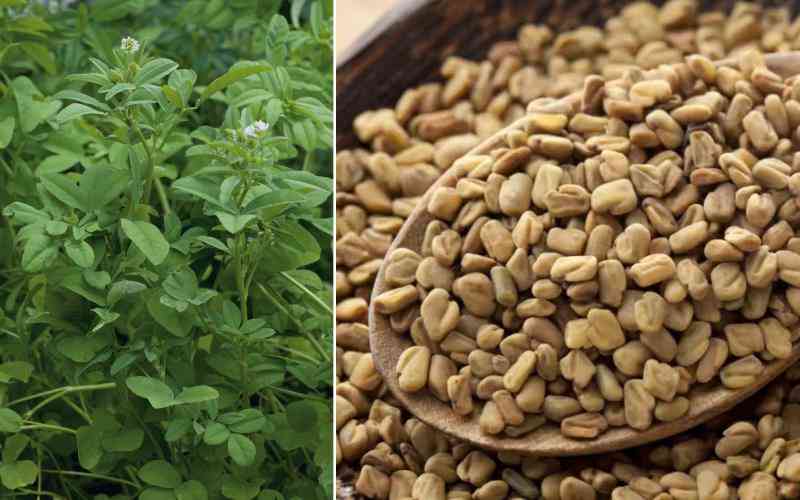Managing your birds during this cold season

In my years of working and handling chicks from incubators to the farm, placement of birds at the farms, growing and harvesting of either meat or eggs, brooding is still the most critical time in a bird’s life. The temperatures in the incubators are normally maintained at 36-37 degrees celsius, this ensures the internal body temperature of a chick is maintained at 400c for vital functioning of all body systems. The sooner the transition is made between the hatcher trays to your farm, the better.
Place your chick orders well in advance with your agent or poultry centre near you and have a candid conversation with them on when to pick your birds and what is required for a seamless start to brooding cycle. I have encountered farmers delaying collecting their birds until in the evening. Aim to unpack your birds during mid-morning when room temperatures are warm and comfortable for the baby chicks.
The first 14 days of brooding is important to a bird’s life, currently, the bird’s immune system is developing as it acquires ability to defend itself against disease-causing organisms, the digestive system that includes the intestines, spleen, liver, and pancreas are developing and so are others like bones, feathers and thermoregulatory system.
Broiler or layer production is highly capital-intensive systems with marginal profits and early growth is squarely dependent on efficient animal husbandry practices. Improper brooding practices can result in poor livability, poor flock uniformity, and overall poor performance. For broiler farmers, a good body weight achievement of 160g at day seven and for layers, a good growth rate of 380-400 grams at five weeks of age is a good take-off for better future performances.
How to maximise performance and minimise cost
Pre-placement Preparation
The key to successful brooding lies in an effective management programme starting well before chicks arrive at the farm. Rearing facilities should be clean, disease-free and bio-secure. Ensure the units are well covered with curtains and a brooder is lit at least six hours before chick arrival to warm the litter and the floors.
Feed Management
Provide good quality feed from the market, a good quality feed must be balanced in its energy, proteins and minerals, of the right texture and size and must be appetising to the birds. Provide adequate feeders, feeder troughs and space. Supplemental troughs at 1:100 birds can be used for the first 10 days.
Light management
Provide light throughout for the first three days, this will help the birds locate feed and water. Broiler birds need four hours of darkness only after day 11 and when the body weights are in line with the standards, otherwise keep them on full lights till they achieve the desired body weights. Layers need lights throughout for the first 6-8 weeks.
Water Management
It is essential to provide easy access to fresh clean water so that feed intake and growth are maintained. Supplemental drinkers are highly recommended at placement and should be provided at the rate of 1 per 100 chicks from day old to seven days. Always treat your water with chlorine before giving your birds. It is good practice to monitor water intake by installing water metres, birds, in general, consume twice as much water as feed intake.
Temperature management
Provide one brooder jiko for 250 birds, avoid chilling the birds, when it is too cold, the birds will huddle together, not start well and will certainly die. Again, when it is too hot, the birds will have depressed appetite, will dehydrate, develop pasted vent and will not grow. Try to establish a good comfort zone where some birds drink, feed, play, sleep and chat with one another. An excellent indicator of ?oor temperature is the temperature of the chick’s feet. If the feet are cold, reevaluate the heating system and litter temperature. If they are comfortably warm, the chicks should be actively moving around the brooding area.
Air quality
In addition to proper temperature regulation, air quality and ventilation need to be considered. Ventilation distributes heat evenly throughout the house and maintains optimum air quality in the brooding area. “Minimum ventilation” should always be provided to remove waste gases and moisture from the units.
In conclusion, please note brooding is not just providing heat to the birds but it includes all the activities that must be provided to a chick in its early transition to adulthood when it can self-regulate its body temperatures.
For more information, write to [email protected]
Want to get latest farming tips and videos?
Join Us
Share this article on social
 The Standard Group Plc is a multi-media organization
with investments in media platforms spanning newspaper print operations,
television, radio broadcasting, digital and online services. The Standard Group
is recognized as a leading multi-media house in Kenya with a key influence in
matters of national and international interest.
The Standard Group Plc is a multi-media organization
with investments in media platforms spanning newspaper print operations,
television, radio broadcasting, digital and online services. The Standard Group
is recognized as a leading multi-media house in Kenya with a key influence in
matters of national and international interest.
 The Standard Group Plc is a multi-media organization
with investments in media platforms spanning newspaper print operations,
television, radio broadcasting, digital and online services. The Standard Group
is recognized as a leading multi-media house in Kenya with a key influence in
matters of national and international interest.
The Standard Group Plc is a multi-media organization
with investments in media platforms spanning newspaper print operations,
television, radio broadcasting, digital and online services. The Standard Group
is recognized as a leading multi-media house in Kenya with a key influence in
matters of national and international interest.







